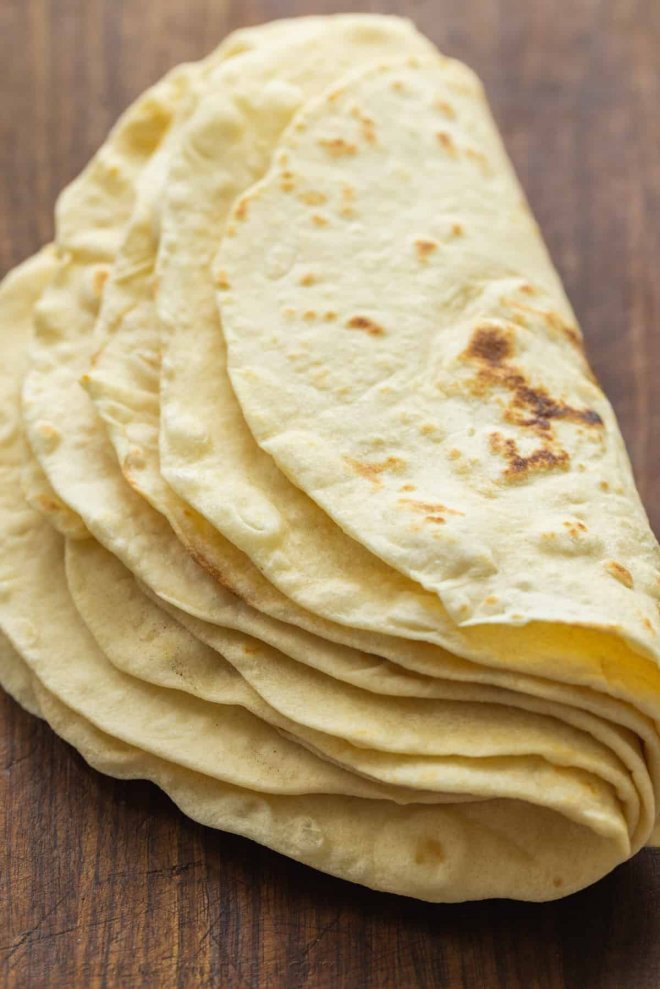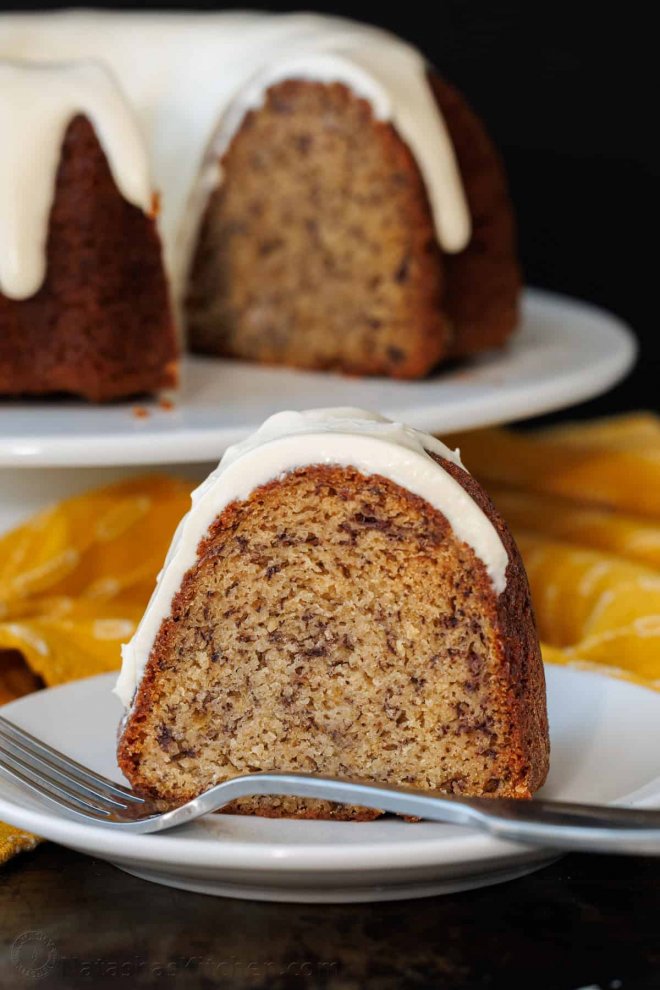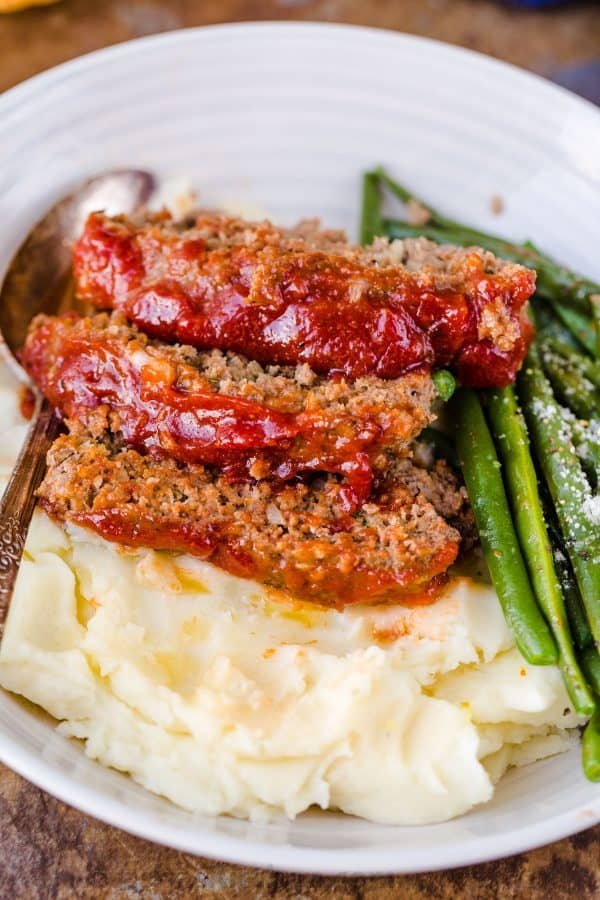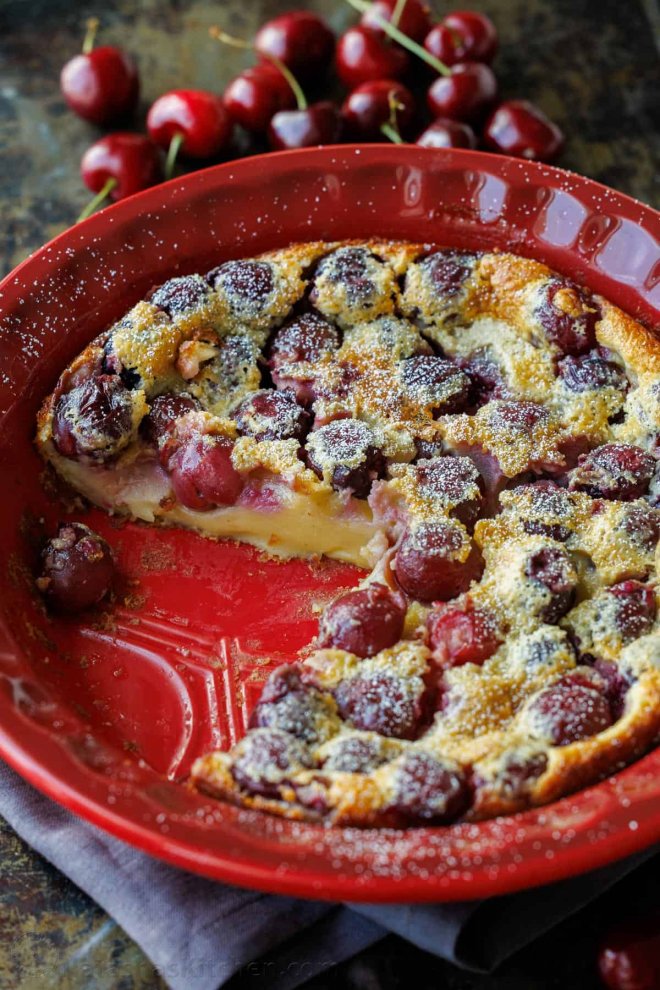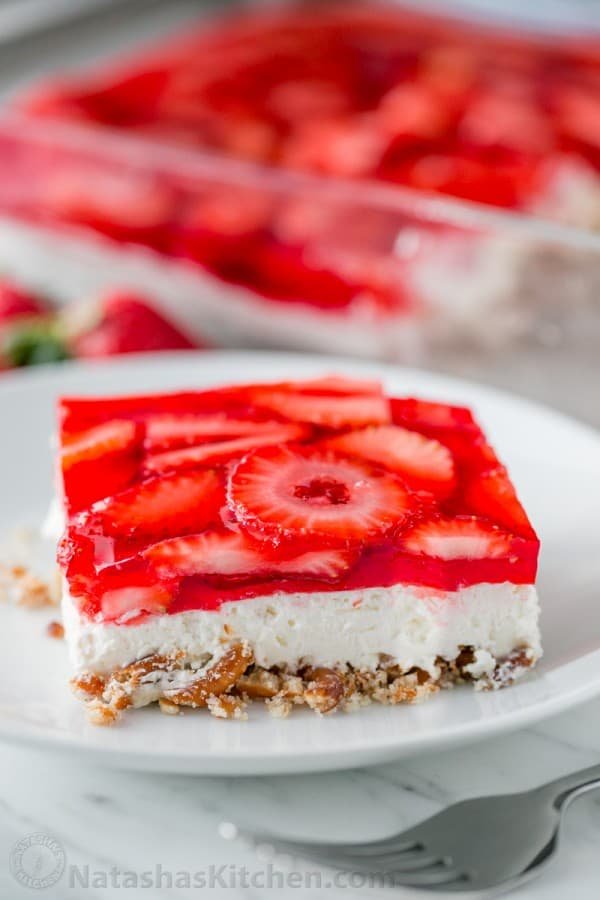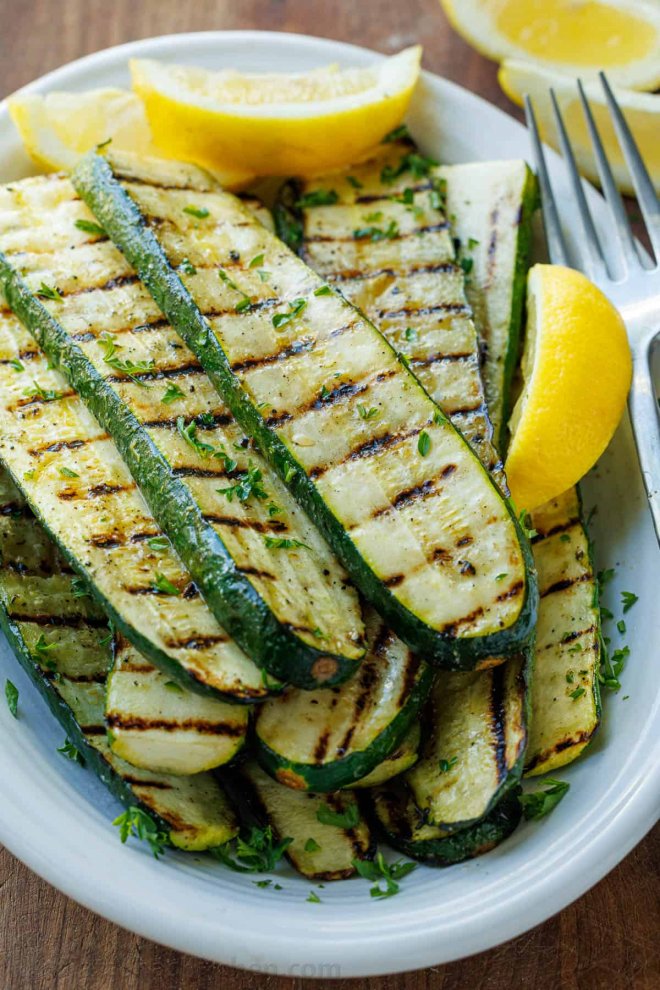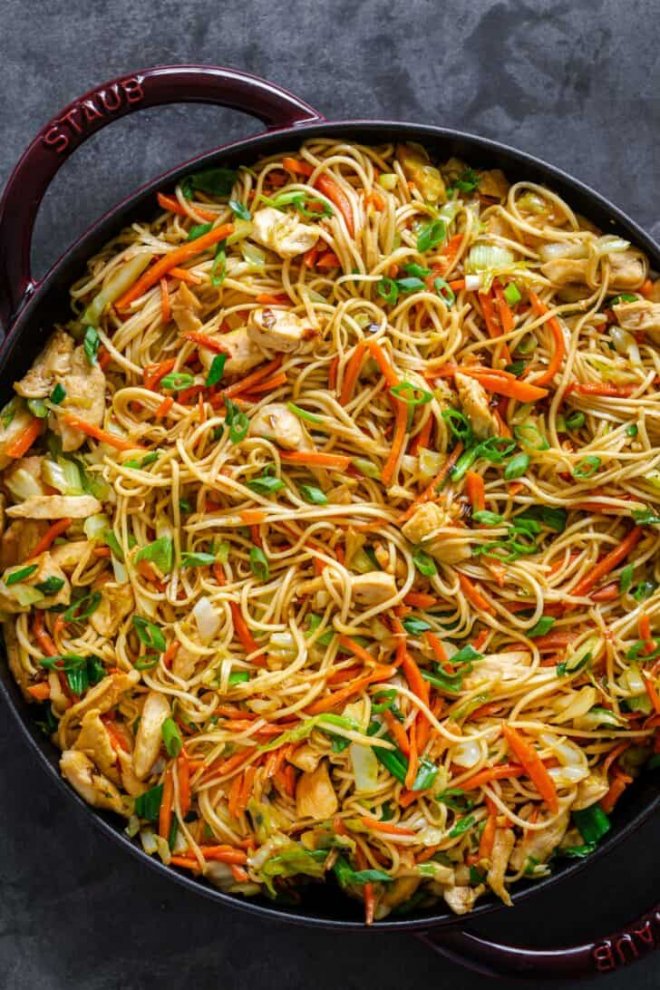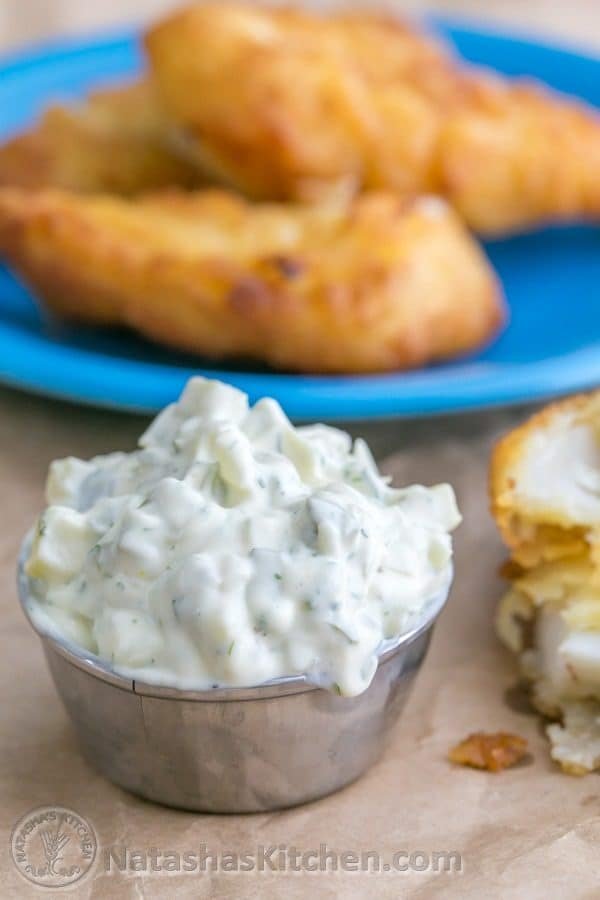Pesto Recipe
This authentic Italian Pesto is a vibrant sauce loaded with fresh basil, pine nuts, parmesan cheese, and garlic. There are so many ways to use Pesto, from tossing it with pasta or gnocchi to spreading it on sandwiches or drizzling it over a salad. It’s so versatile!
Homemade pesto is surprisingly easy to make from scratch. This pesto recipe also keeps really well in the refrigerator and freezer.
![]() This post may contain affiliate links. Read my disclosure policy.
This post may contain affiliate links. Read my disclosure policy.
Basil Pesto RecipeI’m always comparing this homemade pesto to the Costco pesto (which is the best store-bought one I’ve found) and this fresh pesto recipe wins. The lemon juice keeps the color bright and beautiful and adds fresh flavor without needing too much extra salt (storebought pesto tends to taste saltier).
What Is Pesto Sauce?Pesto is essentially a vibrant Italian green sauce made by crushing together: fresh basil leaves, pine nuts, garlic, olive oil, and parmesan cheese.
It’s a sauce that originated in Genoa, Italy, with the term pesto derived from the Italian word “pestare” which means to crush or to pound. It was originally made using a Mortar and Pestle but we find it’s faster and easier in a food processor.
This pesto recipe is also the secret ingredient in Chicken Pesto Pasta and Chicken Pesto Roll-Ups.
![]() Ingredients for Basil PestoMost of the ingredients needed for this pesto recipe are things you probably already have on hand. If you don’t have basil growing in your garden, it’s best to buy it fresh the day you are making the sauce.
Ingredients for Basil PestoMost of the ingredients needed for this pesto recipe are things you probably already have on hand. If you don’t have basil growing in your garden, it’s best to buy it fresh the day you are making the sauce.
Basil – use fresh basil leaves. The common basil leaves for pesto are large-leaf basil, sweet basil, or Genovese basil. Rinse, drain, and dry your basil leaves. Parmesan cheese – you can use pre-shredded or freshly grated Extra virgin olive oil – use the best quality oil you can source Pine nuts – these are typical for pesto Garlic cloves – we use 2 large cloves which add a nice punch Lemon juice – use freshly squeezed juice from 1 large or 2 smaller lemons. Do not use lemon juice concentrate. Salt & Pepper – can be added to taste![]() Can I substitute Pine Nuts?While traditional pesto sauce is made with pine nuts, but they can be a bit expensive. You can certainly replace them with less expensive nuts such as walnuts, or blanched almonds.
Can I substitute Pine Nuts?While traditional pesto sauce is made with pine nuts, but they can be a bit expensive. You can certainly replace them with less expensive nuts such as walnuts, or blanched almonds.
Pro Tip:To get the most flavor out of your nuts, toast them in a dry skillet over medium heat, tossing often until golden and fragrant. Cool before using them in the recipe.
What Type of Basil Should I Use?There are many varieties of basil. A few of the most popular include Italian large leaf (sweet basil), Thai, and lemon basil. Any of these can be used for pesto, but each has a slightly different flavor profile.
For a traditional basil pesto flavor, you’ll want to use the Italian large leaf. Most people typically think of this leaf as “normal” basil. It’s also referred to as sweet basil or Genovese basil and is the type of basil most commonly sold in grocery stores.
![]() Pro Tip:If you love time-saving shortcuts, the fastest way to rinse and dry fresh basil leaves is to put them into a salad spinner, add cold water to rinse, then drain and spin dry. Drying the basil is important so you don’t end up with a watered-down sauce.
Pro Tip:If you love time-saving shortcuts, the fastest way to rinse and dry fresh basil leaves is to put them into a salad spinner, add cold water to rinse, then drain and spin dry. Drying the basil is important so you don’t end up with a watered-down sauce.
How to Make Basil Pesto Prep Basil – Gently rinse fresh basil leaves and pat dry or use a salad spinner to remove excess water. Process Sauce – Place all of your ingredients in a food processor, or a high-powered blender and process until smooth.![]() Pro Tip:After blending the pesto, add more salt to taste if desired. Keep in mind that store-bought pesto sauces can be significantly saltier to compensate for freshness. Salt also preserves the sauce for a longer shelf life.
Pro Tip:After blending the pesto, add more salt to taste if desired. Keep in mind that store-bought pesto sauces can be significantly saltier to compensate for freshness. Salt also preserves the sauce for a longer shelf life.
![]() Serve Pesto withBasil pesto adds incredible flavor to a variety of dishes. Of course, there are obvious uses for pesto, like mixing it in with your favorite pasta dish, but there’s so much more you can do with it!
Serve Pesto withBasil pesto adds incredible flavor to a variety of dishes. Of course, there are obvious uses for pesto, like mixing it in with your favorite pasta dish, but there’s so much more you can do with it!
![]() When my garden is mass-producing basil, I love to preserve pesto so I can enjoy it long after the season for basil is over. See the helpful storage tips below.
When my garden is mass-producing basil, I love to preserve pesto so I can enjoy it long after the season for basil is over. See the helpful storage tips below.
Storage Tips To Refrigerate: Store in an airtight container for up to one week. You want to minimize exposure to the air to prevent discoloration and spoiling. Drizzling the top with olive oil will also help keep the air away from the sauce. Freezing: Portion pesto into ice-cube trays. Once frozen, transfer the individual cubes to a freezer-safe zip bag or container, label, and freeze for up to 3 months. You can also transfer the pesto directly to freezer-safe zip bags and lay flat in the freezer. To Thaw: you can thaw at room temperature for a few hours or thaw in the refrigerator overnight. You can also do a quick thaw in the microwave for short intervals of 15 seconds until just thawed. More Easy Homemade SaucesThe flavors and ingredients of pesto and these homemade condiment recipes are way better than storebought. Once you make your own homemade dressings and sauces, you won’t want anything else.
[圖擷取自網路,如有疑問請私訊]
Homemade pesto is surprisingly easy to make from scratch. This pesto recipe also keeps really well in the refrigerator and freezer.
 This post may contain affiliate links. Read my disclosure policy.
This post may contain affiliate links. Read my disclosure policy.Basil Pesto RecipeI’m always comparing this homemade pesto to the Costco pesto (which is the best store-bought one I’ve found) and this fresh pesto recipe wins. The lemon juice keeps the color bright and beautiful and adds fresh flavor without needing too much extra salt (storebought pesto tends to taste saltier).
What Is Pesto Sauce?Pesto is essentially a vibrant Italian green sauce made by crushing together: fresh basil leaves, pine nuts, garlic, olive oil, and parmesan cheese.
It’s a sauce that originated in Genoa, Italy, with the term pesto derived from the Italian word “pestare” which means to crush or to pound. It was originally made using a Mortar and Pestle but we find it’s faster and easier in a food processor.
This pesto recipe is also the secret ingredient in Chicken Pesto Pasta and Chicken Pesto Roll-Ups.
 Ingredients for Basil PestoMost of the ingredients needed for this pesto recipe are things you probably already have on hand. If you don’t have basil growing in your garden, it’s best to buy it fresh the day you are making the sauce.
Ingredients for Basil PestoMost of the ingredients needed for this pesto recipe are things you probably already have on hand. If you don’t have basil growing in your garden, it’s best to buy it fresh the day you are making the sauce. Can I substitute Pine Nuts?While traditional pesto sauce is made with pine nuts, but they can be a bit expensive. You can certainly replace them with less expensive nuts such as walnuts, or blanched almonds.
Can I substitute Pine Nuts?While traditional pesto sauce is made with pine nuts, but they can be a bit expensive. You can certainly replace them with less expensive nuts such as walnuts, or blanched almonds.Pro Tip:To get the most flavor out of your nuts, toast them in a dry skillet over medium heat, tossing often until golden and fragrant. Cool before using them in the recipe.
What Type of Basil Should I Use?There are many varieties of basil. A few of the most popular include Italian large leaf (sweet basil), Thai, and lemon basil. Any of these can be used for pesto, but each has a slightly different flavor profile.
For a traditional basil pesto flavor, you’ll want to use the Italian large leaf. Most people typically think of this leaf as “normal” basil. It’s also referred to as sweet basil or Genovese basil and is the type of basil most commonly sold in grocery stores.
 Pro Tip:If you love time-saving shortcuts, the fastest way to rinse and dry fresh basil leaves is to put them into a salad spinner, add cold water to rinse, then drain and spin dry. Drying the basil is important so you don’t end up with a watered-down sauce.
Pro Tip:If you love time-saving shortcuts, the fastest way to rinse and dry fresh basil leaves is to put them into a salad spinner, add cold water to rinse, then drain and spin dry. Drying the basil is important so you don’t end up with a watered-down sauce.How to Make Basil Pesto
 Pro Tip:After blending the pesto, add more salt to taste if desired. Keep in mind that store-bought pesto sauces can be significantly saltier to compensate for freshness. Salt also preserves the sauce for a longer shelf life.
Pro Tip:After blending the pesto, add more salt to taste if desired. Keep in mind that store-bought pesto sauces can be significantly saltier to compensate for freshness. Salt also preserves the sauce for a longer shelf life. Serve Pesto withBasil pesto adds incredible flavor to a variety of dishes. Of course, there are obvious uses for pesto, like mixing it in with your favorite pasta dish, but there’s so much more you can do with it!
Serve Pesto withBasil pesto adds incredible flavor to a variety of dishes. Of course, there are obvious uses for pesto, like mixing it in with your favorite pasta dish, but there’s so much more you can do with it!- Spread on a chicken sandwich for an elevated lunch
- Pizza sauce – try it on our overnight pizza dough or our quick pizza dough instead of pizza sauce or drizzle on as a topping for pizza.
- Pasta sauce – delicious in Chicken Pesto Pasta and Gnocchi
- Salad dressing – Thin it down with oil or vinegar and make a basil pesto salad dressing. You can also drizzle basil pesto over Caprese Salad instead of balsamic glaze.
- Filling – it’s excellent in Chicken Pesto Roll-ups
- Marinate or toss with your favorite grilled or roasted veggies.
- Topping for meat – spread pesto over baked chicken breast, salmon, pork tenderloin, grilled steak, and of course beef tenderloin.
 When my garden is mass-producing basil, I love to preserve pesto so I can enjoy it long after the season for basil is over. See the helpful storage tips below.
When my garden is mass-producing basil, I love to preserve pesto so I can enjoy it long after the season for basil is over. See the helpful storage tips below.Storage Tips
- Tzatziki Sauce Recipe
- Tartar Sauce Recipe
- Horseradish Sauce Recipe
- Chimichurri Sauce
- Ranch Dressing
- Caesar Dressing
- Homemade BBQ Sauce
[圖擷取自網路,如有疑問請私訊]
|
本篇 |
不想錯過? 請追蹤FB專頁! |
| 喜歡這篇嗎?快分享吧! |
相關文章
kitchen_recipe










